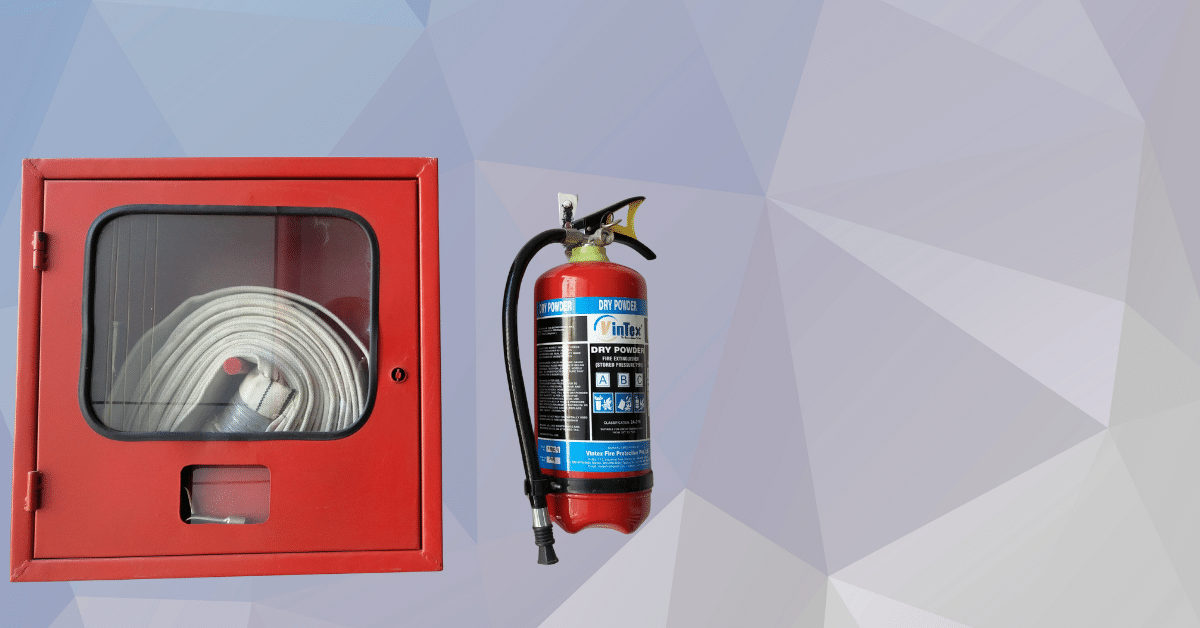What Is Process Safety Management And How To Implement It
When industrial accidents have devastating consequences, it is hard not to dwell on the adverse outcomes of lacking process safety management. One example that emphasizes the need for process safety management is the Deepwater Horizon oil spill in 2010. The incident occurred due to a blowout during drilling operations, which led to a massive oil spill and significant environmental damage.
This incident highlights the catastrophic consequences of inadequate process safety measures and the importance of implementing robust safety protocols to prevent such incidents.
However, implementing process safety management is not enough. It requires a well-trained workforce that understands the intricacies of safety protocols and can effectively respond to emergencies.
Without proper training, even the most advanced safety systems can fall short, leaving workers vulnerable and increasing the risk of accidents. Therefore, it is crucial to emphasize training and implementing process safety management to ensure a safer and more secure industrial landscape.
This blog aims to illuminate the significance of process safety management and the role of training in preventing accidents and promoting a secure industrial environment.
What Is Process Safety Management?
Process Safety Management (PSM) refers to a comprehensive set of practices and procedures implemented in process industries to ensure the safe operation of facilities that handle hazardous materials. It involves identifying, assessing, and controlling potential risks and hazards associated with handling and processing chemicals and implementing measures to prevent accidents, protect workers, and minimize environmental impacts.
PSM includes elements such as:
- Employee participation;
- Process safety information;
- Process hazard analysis
- Operating procedures;
- Employee training;
- Contractor management;
- Incident investigation;
- Emergency planning and response;
- Compliance audits
What Are The Guidelines Used To Set Up Process Safety Management?
Many industry standards and guidelines can be used to establish process safety management. Some of these are the CSChE PSM Guide 4th edition, the API RP 75/SEMS, the API RP 750, the COMAH Regulations, the CIMAH Regulations, the Safety Case, the BP OMS, the ExxonMobil OIMS, the IOGP/IPIECA OMS, PSI4MS, CoMS, EPR, the ILO PSM Framework, the EPA RMP, and the IPSMS Model.
These resources guide management commitment, compliance with legal and industry standards, worker consultation, setting objectives and targets, employee and contractor management, stakeholder involvement, process hazard analysis, health evaluation and fitness for duty, and other important aspects of process safety management.
How Do You Implement Process Safety Management?
Organizations should follow a multidimensional approach that combines technology and management solutions to implement process safety management. The implementation should include the following steps:
-
Ensure Access To Process Safety Information
Basic information regarding the dangers of the substances and tools employees use should be readily available.
-
Conduct A Process Hazard Analysis
Look at the operations and processes to find possible dangers and risks.
-
Establish Consistent Operating Procedures
Write down clear safety rules and follow them.
-
Implement A Hot Work Permit System
Set up a clear way to approve and monitor work involving fire or other sources of ignition.
-
Develop Emergency Preparedness And Response Plans
Have a plan in place to respond effectively in case of an incident.
-
Ensure Mechanical Integrity
Keep track of and analyze the equipment’s safety risks regularly.
-
Conduct Pre-Startup Safety Reviews
Before bringing potentially dangerous substances into the workplace, ensure the facility has been properly inspected.
-
Provide Comprehensive Training
Ensure that employees receive thorough training on safety protocols and regular refreshers.
-
Manage Changes Effectively
Run a thorough analysis of how changes to the process will impact risk across the whole facility.
-
Establish Incident Investigation Procedures
Create a systematic plan to document, monitor, examine, report, and assess occurrences of accidents and near-misses.
-
Implement Contractor Safety Management
Ensure that the systems for managing process safety include safety measures for contractors and subcontractors.
-
Conduct Compliance Audits
Internal audits should be conducted regularly to ensure that processes and procedures follow the rules.
-
Encourage Employee Involvement
A policy document should be available for employees to read, understand, and sign off on.
-
Provide Thorough Documentation
To ensure health and safety, employees should be provided with comprehensive documentation of materials and processes, including trade secrets.
How Do Process And Occupational Safety Differ?
Process safety and occupational safety differ in their focus and scope.
Process safety is concerned with preventing major accidents and incidents in the process industry, such as explosions, chemical releases, fires, and structural collapses. It aims to protect the facility, the environment, and the surrounding communities from the potential hazards associated with the process operations.
On the other hand, occupational safety focuses on preventing workplace hazards that can cause injuries or illnesses to workers. It includes hazards such as slips, trips, falls, exposure to hazardous substances, ergonomic issues, and other risks that workers may encounter in their daily work activities.
While process and occupational safety are related and often overlap, they have distinct objectives and approaches. Process safety is more concerned with preventing major accidents and their potential consequences, while occupational safety focuses on the well-being of individual workers in their work environment.
Process Safety Management Training
What Is The Need For Training In Process Safety Management?
Training in process safety management is needed to ensure that employees are properly trained on all safety procedures and have access to ongoing refresher training. It is important to prevent process-related injuries, deaths, and major disasters by ensuring employees know how to handle hazardous substances and respond appropriately in emergencies.
Furthermore, process safety management training is necessary to ensure that employees, especially those working with dangerous machinery or chemicals, develop competence in process safety management concepts, practices, and procedures.
This training is necessary to prevent incidents related to highly hazardous chemicals and to minimize the severity of any unintentional releases. It also helps organizations comply with legal requirements and improve business and safety standards.
What Is The Role Of Employee Training In Successful Process Safety Management Implementation?
Employee training is crucial for successful process safety management implementation. It ensures that employees are properly trained on all safety procedures and have access to ongoing refresher training.
This helps ensure that employees understand the hazards associated with their work and know how to perform their tasks safely. Training also plays a crucial role in promoting a safety culture within the organization and ensuring that all employees understand their roles and responsibilities in maintaining process safety.
Get your process safety management training from Coggno today and ensure your and your employee’s utmost safety!



















